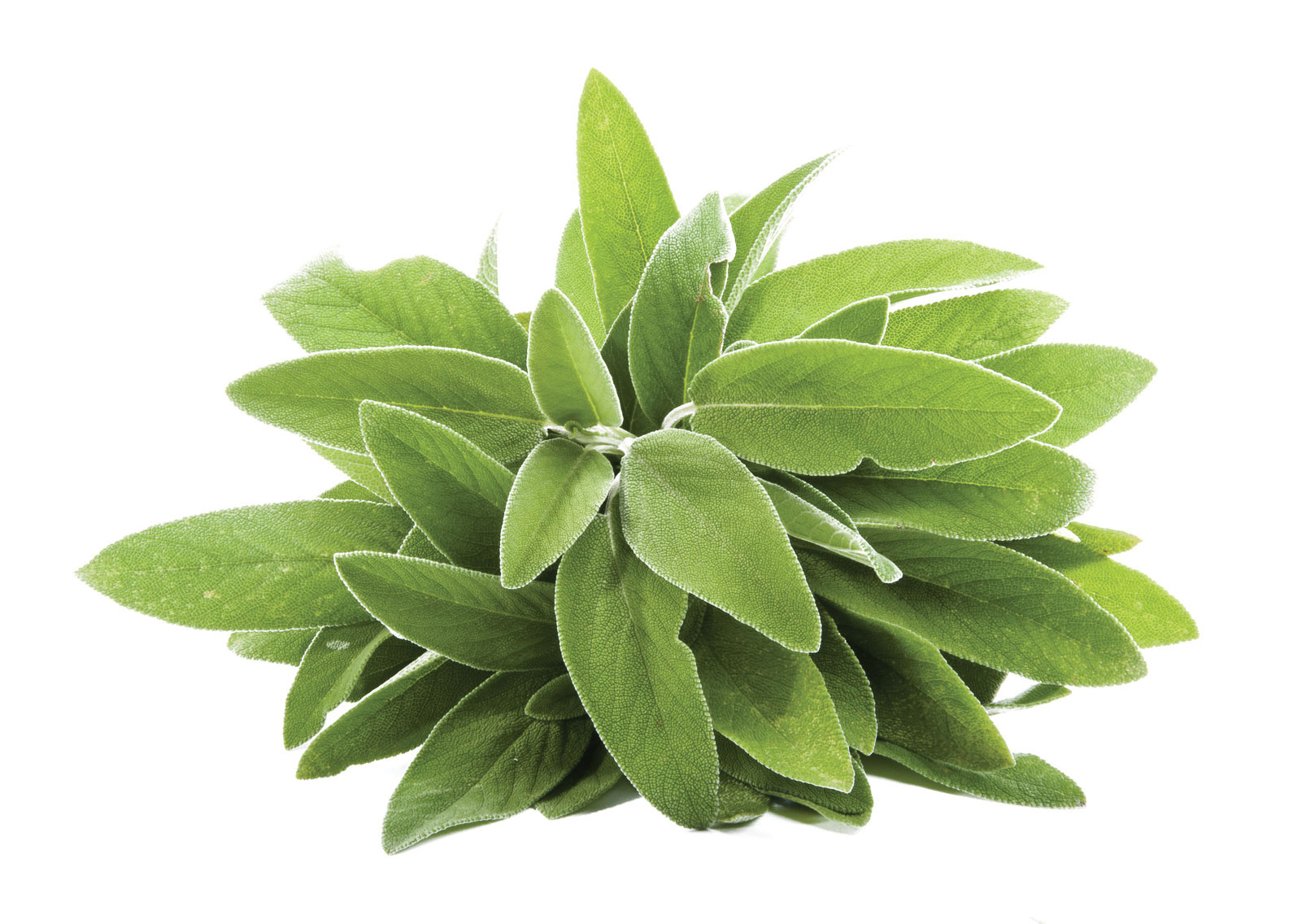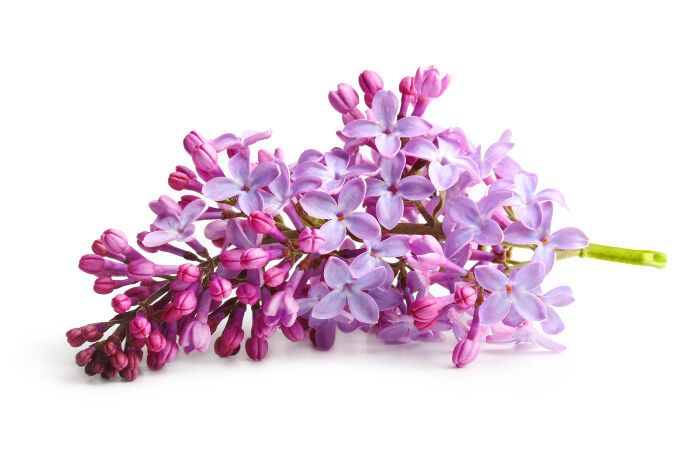Limonene: aroma of innovation in health and disease. Vieira AJ, Beserra FP, Souza MC, et al. Chem Biol Interact. 2018 Mar;1(283):97–106
https://www.ncbi.nlm.nih.gov/pubmed/29427589
Gastroprotective effect of limonene in rats: Influence on oxidative stress, inflammation and gene expression. De Souza MC, Vieira AJ, Beserra FP, Pellizzon CH, Nóbrega RH, Rozza AL. Phytomedicine. 2019;53:37‐42.
https://www.ncbi.nlm.nih.gov/pubmed/30668410
Effects of limonene and essential oil from Citrus aurantium on gastric mucosa: role of prostaglandins and gastric mucus secretion. T. M. Moraes, H. Kushima, et al. Chemico-Biological Interactions, vol. 180, no. 3, pp. 499-505, 2009.
https://www.ncbi.nlm.nih.gov/pubmed/19410566
D-Limonene: safety and clinical applications. Sun J. Altern Med Rev. 2007 Sep;12(3):259-64.
https://www.ncbi.nlm.nih.gov/pubmed/18072821
Healing actions of essential oils from Citrus aurantium and d-limonene in the gastric mucosa: the roles of VEGF, PCNA, AND COX-2 in cell proliferation. T.M. Moraes, A.L. Rozza, H. Kushima, C.H. Pellizzon, L.R. Rocha, C.A. J. Med. Food, 16 (2013), pp. 1162-1167
https://www.ncbi.nlm.nih.gov/pubmed/24328705
Gastroprotective mechanisms of citrus lemon (rutaceae) essential oil and its majority compounds limonene and beta-pinene: involvement of heat-shock protein-70, vasoactive intestinal peptide, glutathione, sulfhydryl compounds, nitric oxide and prostaglandin e(2). A.L. Rozza, M. Moraes Tde, H. Kushima, A. Tanimoto, M.O. Marques, T.M. Bauab, C.A. Hiruma-Lima, C.H. Pellizzon Chem. Biol. Interact., 189 (2011), pp. 82-89
https://www.ncbi.nlm.nih.gov/pubmed/20934418














